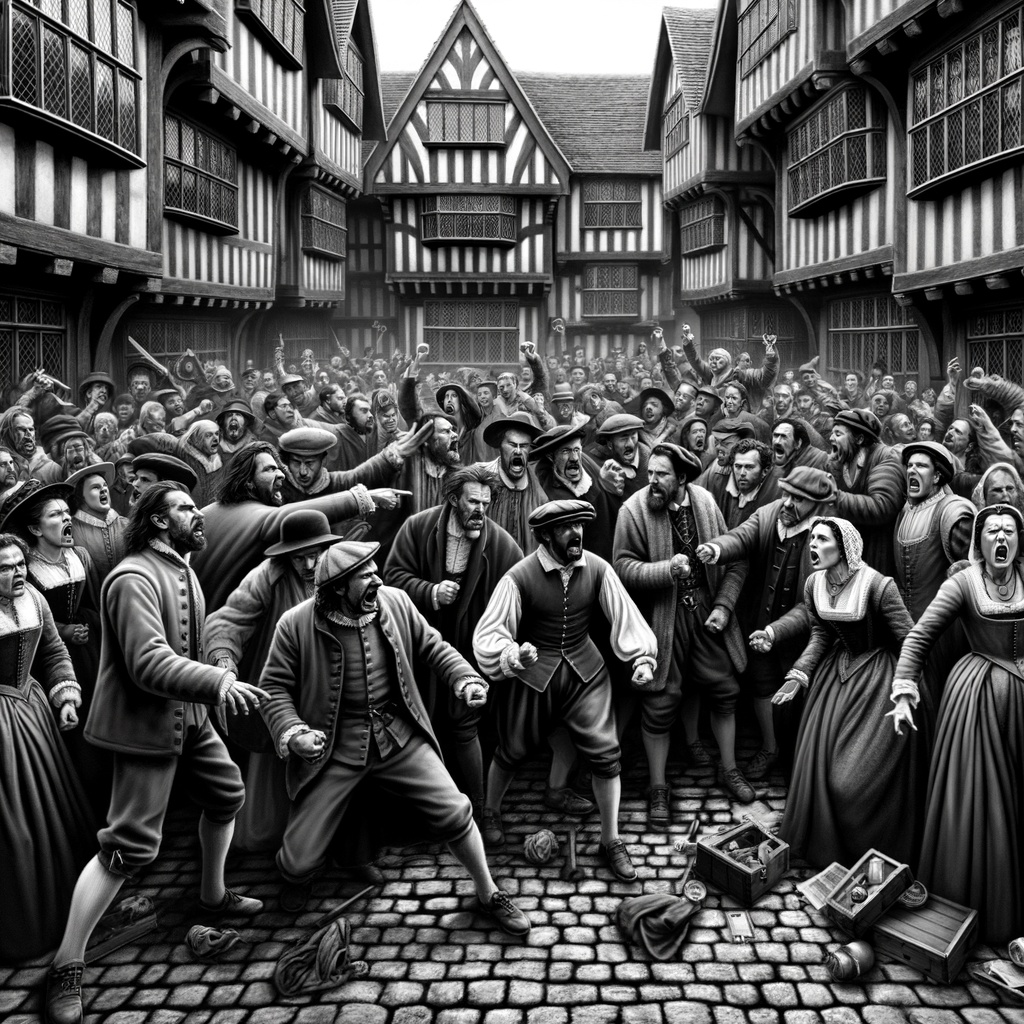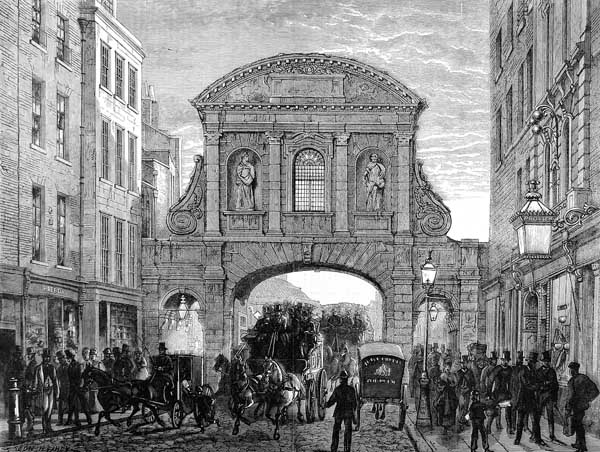Stand at Tottenham Court Road station and let your eyes drift from the Dominion Theatre past New Oxford Street and down Charing Cross Road. Now imagine that this whole stretch of London extending down to St Martin’s Lane and back to Drury Lane was one huge enormous slum.
A warren of impenetrable alleyways, wooden houses, tens of people living in single rooms, filthy water, disease and crime. Welcome to the “rookery” (slum district) of St Giles throughout the eighteenth and first half of the nineteenth century. Viewed by Charles Dickens and used as inspiration for his work. And at the centre, the ancient church of St Giles, built on what was a medieval leper hospital.
The Victorians were keen clearers of slums – and there were two tried and trusted methods. Widen the roads and create large public squares then demolish what was left and replace with offices and swankier housing. And so Oxford Street was extended towards Holborn creating New Oxford Street. A pre-existing road was widened to give us Charing Cross Road leading down to Cambridge Circus. And then Shaftesbury Avenue cut off the then grubby Seven Dials (which even had a pillory at one stage).
As these two images show – the result was impressive. One image of the rookery in the 1840s and the other of New Oxford Street in 1930. A hundred years made all the difference!













